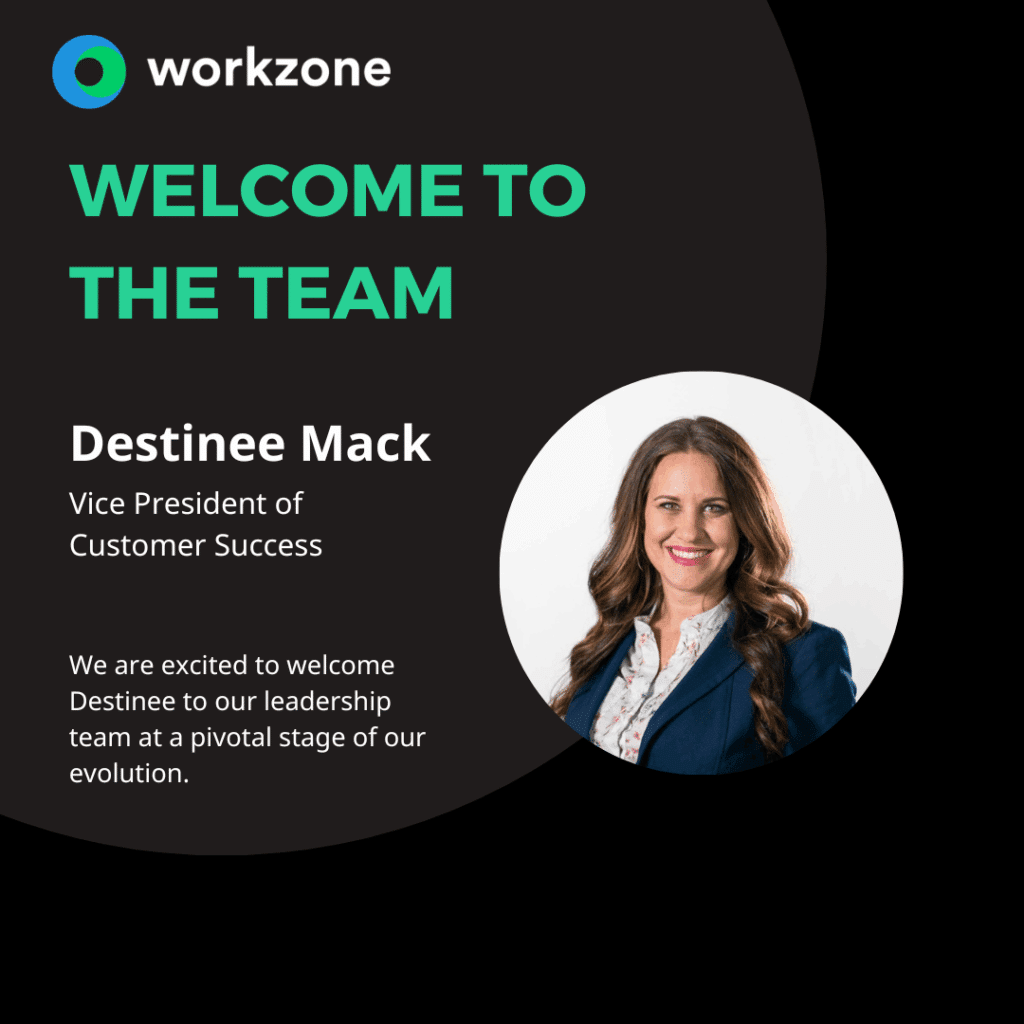Six Essential Steps to Project Success Part 1

This is part one of a three-part series by leading project management expert Brad Egeland.
Introduction
No one individual and no processes we currently know of can guarantee successes on the projects we manage. It is widely reported that more projects fail – at least to some degree – than succeed. Indeed, one Project Management Institute survey stated that as many as 74% of all projects prove to be failures to some degree or in someone’s opinion.
What we can do is practice best practices, plan well, try to re-enact what worked in the past on similar projects, and avoid those things that we know caused us or our colleagues problems on similar implementations in recent memory. If we don’t learn lessons from our own actions and from the actions of others then we are likely to repeat the same mistakes over and over again and experience the same project failures over and over again.
The bottom line is that we – as project managers – must be continuously and acutely aware of what is going on with project. We must ensure that resources – including the customer – are fully engaged, that our team has the proper skill set to get the job done, that our management is well-informed so they are available when we need them to knock down barriers, and that we plan, execute and test well on the project so that when we arrive at deployment time, we are turning over an end solution that our customer wants, that their end users can use, and that satisfies the need that the requirements set forth for us to fulfill. Oh, and while all that is happening, we must also be ensuring that the following are happening as well…
- We are tracking costs and managing the project budgets. Tracking costs and budget overruns are an essential part of ensuring success.
- We are effectively managing our project resources. Resource management comes under the heading of Cost savings and is another key component of effective project management.
- We are managing risks. Every project has risks; some minor, some major, but all have the potential to impact your projects negatively.
- Allowing for effective project collaboration. Collaboration is a broad topic that covers all aspects of collaboration activities and project management and its related knowledge areas. It is technically defined as a joint work toward a common end. We need this to be successful.
Going forward, I wish to layout what I consider to be six essential steps to project success. They certainly won’t guarantee success on any project, but by following these steps you know that you are likely doing the best you can with what you can control.
Step 1: Putting the Pieces of the Puzzle Together Early
How the first real step in the process goes will depend upon your organization, the project, the customer and how the project concept got from an initial discussion to a signed-on “real” project. What is generally a given, though – especially for projects with customers who are outside of the delivery organization – is that there was some sort of sales process with an account manager who met with the customer, had several discussions, collected some requirements, drafted an initial project schedule (or at least key milestone dates) and put together an estimate (usually based on the resources and hours needed to successfully implement the solution) that became the price that the customer agreed to for the project.
Now it’s your turn to gather all of that information together and make some real sense of it.
Meet with the deal closer
The account manager likely put together a draft schedule. Get this – you’ll want to know what the customer has already seen even if you have to start over from scratch on the project schedule. Any you may very well want to start from scratch and make it your own – or plug the key information into one of your own project schedule templates that you trust to cover all the bases because it worked well for you in the past.
The account manager will have also put together a draft budget because that’s what they used to price the engagement to the customer. Get that, too. You need to know what baseline expectations may have been set with the customer as far as technical/skilled resources that will be available and assigned to the project. You’ll start over and put your own together, but this initial input is good to have and possibly build from if it appears to be somewhat reasonable and accurate. Also, you absolutely must have the project statement of work (SOW) in your hands. This document will likely drive the project kickoff meeting.
Review the documentation and start assembling the pieces
Once you get all the hardcopy and electronic initial project documentation, look it all over very carefully. As mentioned above, you’ll probably use the draft schedule and budget from the account manager as input for your initial versions of each of these that you produce. Using your project management software tool of choice, tweak what you have from the account manager and create a meaningful draft project schedule that you can show the customer and begin managing the project from. You will want to use the statement of work as a guide as you put this draft project schedule together.
It is also a very good idea at this point to start putting together an initial risk list. You won’t be able to put the full list together – that will come during a planning session with your team and the customer, but you can show pro-activeness to the customer while at the same time getting a head start on this critical task.
Introduce yourself to the customer
The next step is to hold a short introductory call with the customer. This call will serve two purposes:
- Allow you to introduce yourself and any of your team members that are already assembled at this point
- Set a date and expectations for the project kickoff meeting. This includes setting customer expectations (and limits) on who they will have attending the kickoff meeting.
Note: Customers have a tendency to want to bring everybody to the kickoff meeting – I’ve had customers with as many as 40 attendees. That is not good and it’s not productive. Everyone wants to have a say and it can turn the kickoff meeting into a planning meeting when you’re not even at that point in the project yet. Maintain control – stay in charge.
Summary
Unless you work in an organization that truly believes that the project manager is part of a larger engagement management infrastructure, it is mostly likely that you won’t be part of the sales process. Therefore, it is imperative that you work closely with the account manager who met with the client, estimated the effort and sold it to them. That person knows the customer’s quirks, they may have some intimate knowledge of some things that are specifically important to the customer that may come in handy at requirements definition time, and they have all the report mockups, notes on napkins, and scribbles and diagrams that go into making this project work in the best interest of the project client. Getting the right information to start working from starts with this critical handoff.
Last updated on May 28, 2025




